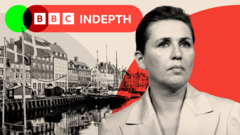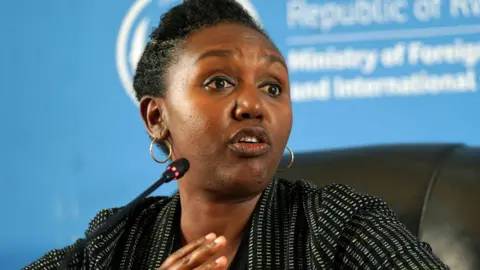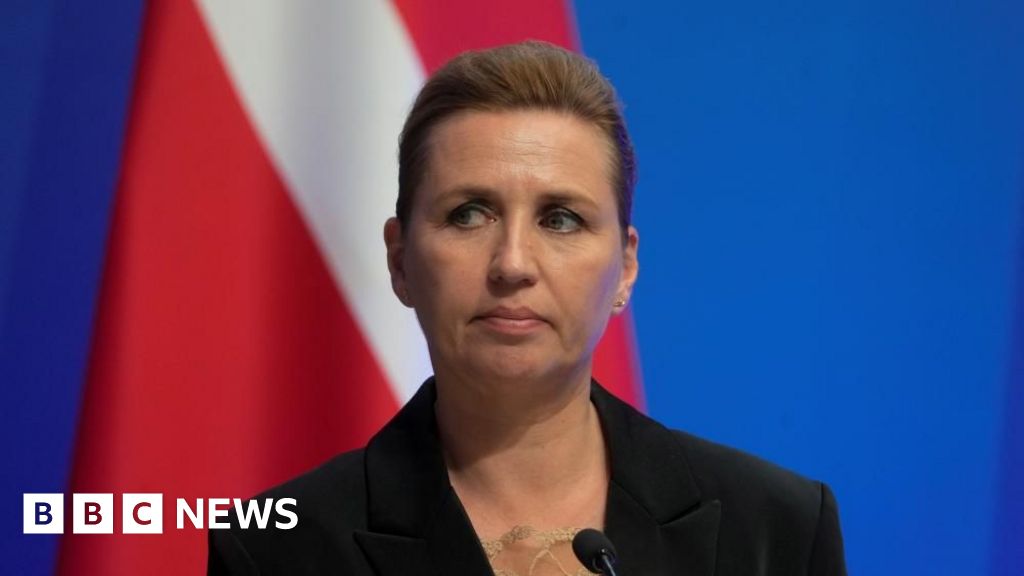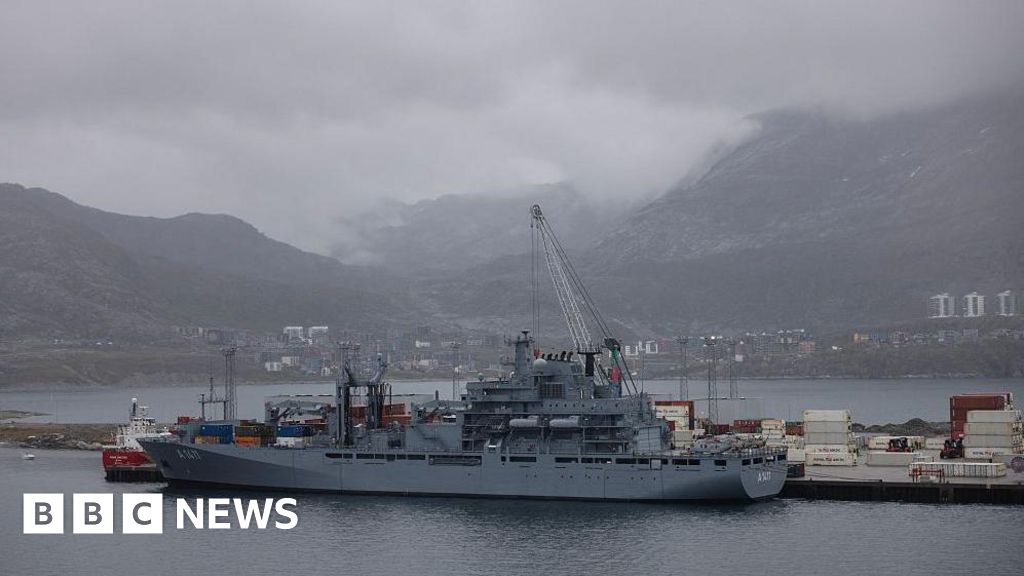Denmark, often idealized for its liberal ethos and picturesque Copenhagen, is charting a surprising course in European migration law. Contrary to the common perception that far-right factions dictate the narrative, it's the center-left politicians who have pioneered stringent immigration policies. With rising migration being a pivotal voter concern across the continent, Denmark has emerged as a "pioneer in restrictive migration policies," according to experts like Marie Sandberg from the University of Copenhagen.
Rising tensions in Europe reflect a larger, unsettling backdrop. With the war in Ukraine and hybrid warfare tactics from Russia intensifying, the public's anxiety over the economy and cost of living intertwines with rising concerns about immigration. While Denmark has historically been viewed as a sanctuary, migration levels have soared since World War II, raising alarm bells among local leaders as the influx has strained public services.
The turning point came during the 2015 European migration crisis when Denmark saw a significant surge in asylum-seekers. The Danish People's Party, known for its anti-immigration stance, resonated with voters, leading to tougher policies such as confiscating asylum seekers' belongings to fund their stay. The current Social Democratic government, under Prime Minister Mette Frederiksen, has taken a hard rightward turn on immigration, adopting tough measures previously branded by conservative factions.
Denmark’s once-welcoming image quickly faded, transitioning from a bastion of internationalism to a nation prioritizing social cohesion and welfare for its citizens. With a current focus on reducing incentives for migration, Frederiksen’s government has further tightened rules on asylum, including aiming for processing claims outside Europe—a controversial stance echoed by various European leaders.
Amidst legislation that some argue pits Danish citizens against those of migrant backgrounds, Frederiksen asserts her party's position as sincere and necessary for protecting Denmark's social fabric. Critics, however, regard her policies as maneuverings for political gain, as the party moves ideologically toward a more right-wing stance while blurring the traditional boundaries of political classification.
The sweeping changes in Denmark could have wide-reaching implications for migration policy across Europe. As countries like Spain pursue contrasting paths with more open immigration agendas, the divergent approaches raise questions about the effectiveness and ethics of such policies in addressing labor shortages and social integration.
In this context, the ideal migration strategy remains elusive, as competing values and voter sentiments continue to evolve. While Denmark’s restrictive measures yield a decline in asylum claims, they also fuel concerns over humanitarian rights and integration. Meanwhile, the Spanish government embraces a different narrative by advocating for the legalization of undocumented workers to bolster economic growth amid demographic challenges.
As Europe grapples with the complexities of migration amid shifting ideologies, the narrative around immigration is set on a precarious landscape where the actions of the center and far right converge but do not quite align, revealing deeper societal anxieties and political strategies in flux.




















